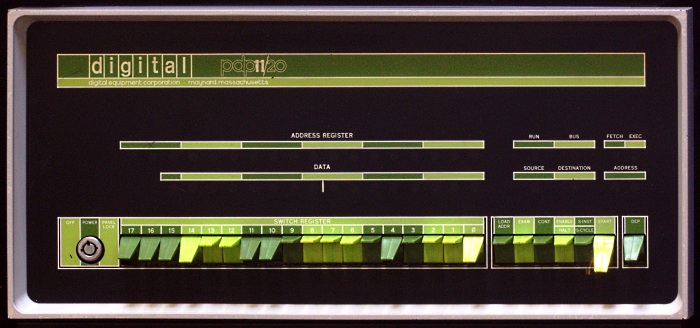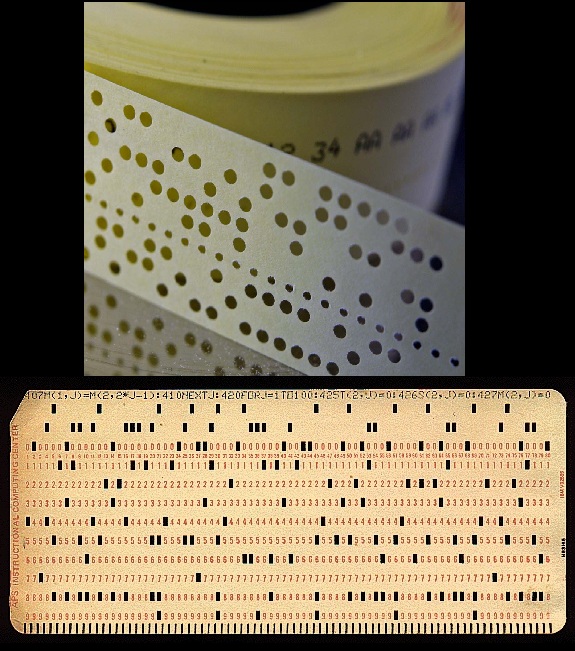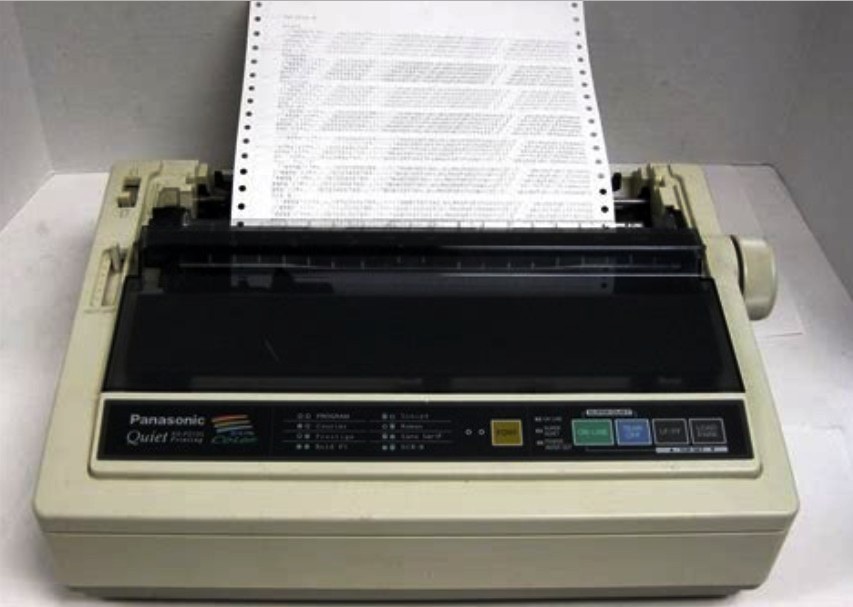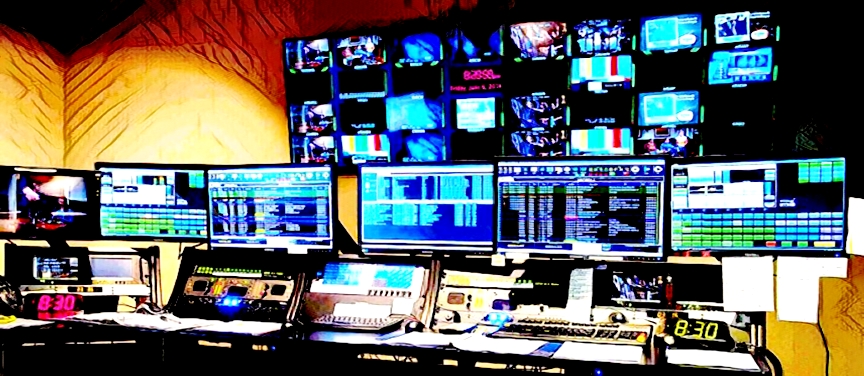 Sigma
Sigma Sigma
Sigma
In the early 80 Computer-controlled devices in television were in their infancy. I know a few design engineers who aimed, as their career goal, to put microprocessors in everything back then. I remember at that time that the PC started to show up in TV stations. They were used primarily in locations where typewriters had been placed. Offices, and in newsrooms. A couple of years later, they helped automate programming from master control. In the 90s, you often saw equipment that was really just a PC. It had plug-in cards to control devices. Some also featured basic video or audio cards for simple media processing.


In the 80s, mini-computers became popular. Some were smaller versions of mainframes, while others were workstations. Many of these devices appeared in television facilities for graphic work. These minis were also used to control video tape machines for editing. They were also employed for traffic systems.

The goal of a traffic system at a TV station is to create a log. This log lists all programming, commercials, promotions, and public service announcements for the day. Also their times and lengths. The main job of the traffic system in a commercial station is to schedule commercials, or spots. This helps generate the most revenue.

How? Think of commercial slots as if they are airline seats. Early traffic systems were actually based on the American Airlines Sabre reservation system. The goal was to get the most revenue for every seat sold before that flight left the gate. Some sponsors want first-class treatment in their commercial spots. Others prefer the basics, like economy. So some will want exact times for their spots to run. Say right at the top of the hour at 9PM. In the middle of prime time.
Some say run my spots throughout the day, but give me a couple in prime slots. The station will do this. But, it will adjust the times if new business comes in and brings in more money. That would happen right up until that day's program log was created.

It was a paper log that was generally produced late afternoon. Today its a spreadsheet looking application on a computer. Today, the log is electronically changing not only up until the day of air, but right up to the time of air.
Today, processing power is more than just a tool for workflows or equipment control. It is the main focus of the media creation, processing, and distribution food chain. As the OSI protocol stack allowed networking to be ubiquitous. Now a services stack in the Application layer lets control, metadata, and media stay as IP packets until they get close to your home display.
What a master control room might look like today
